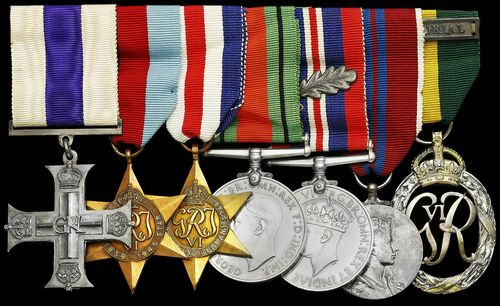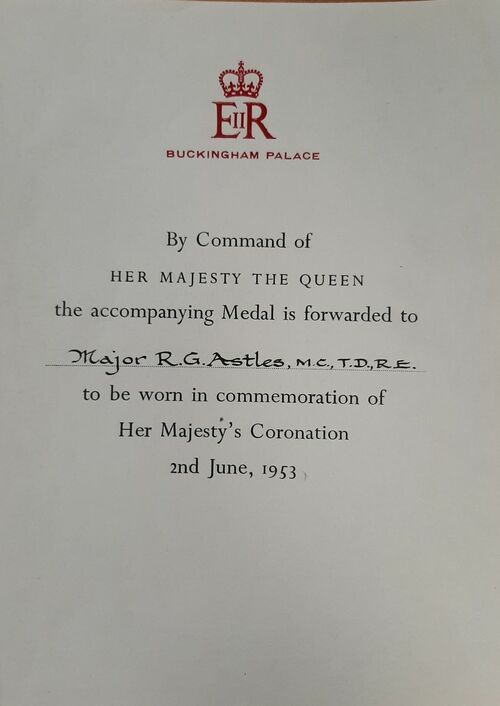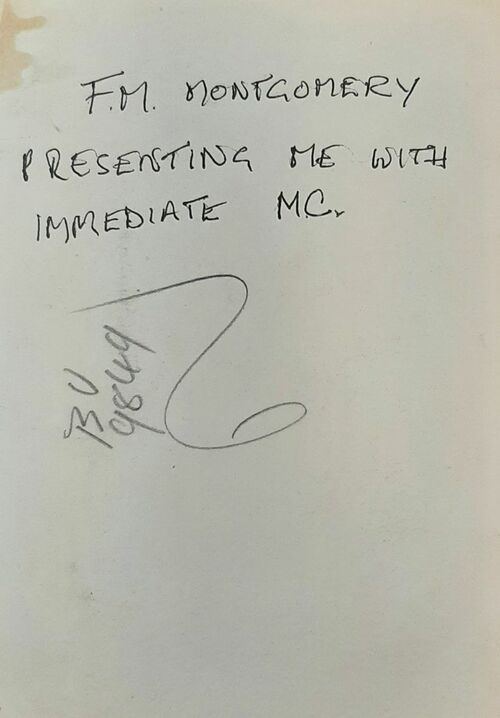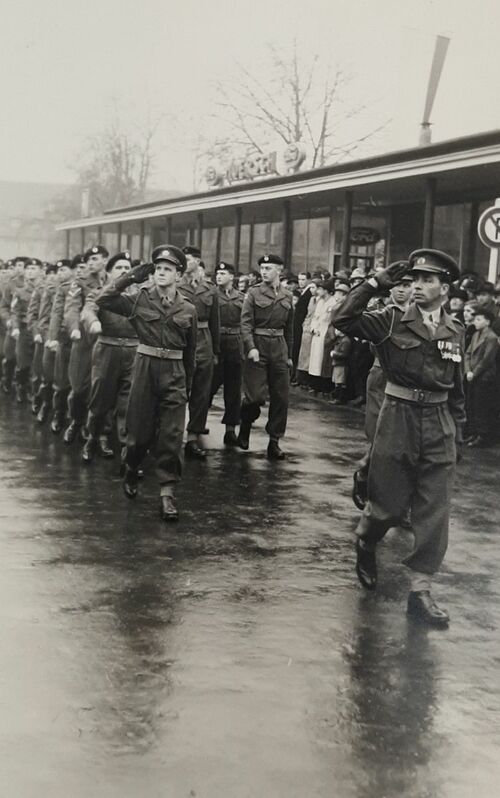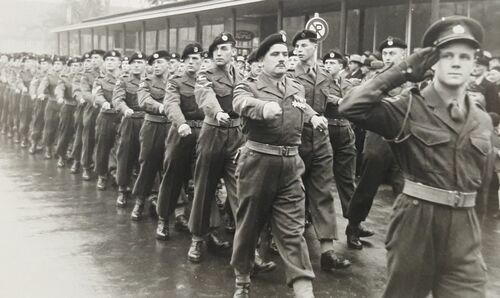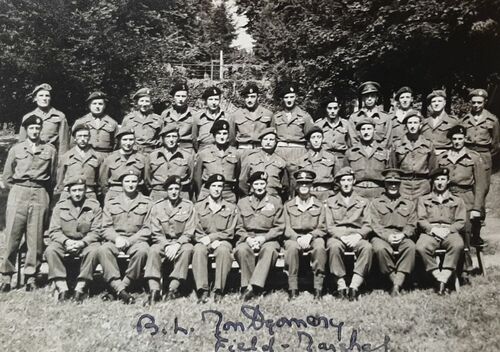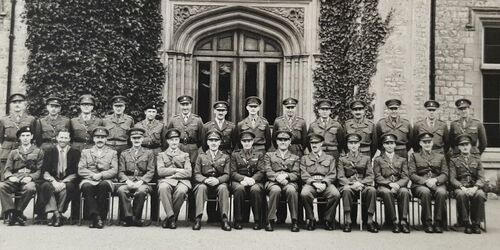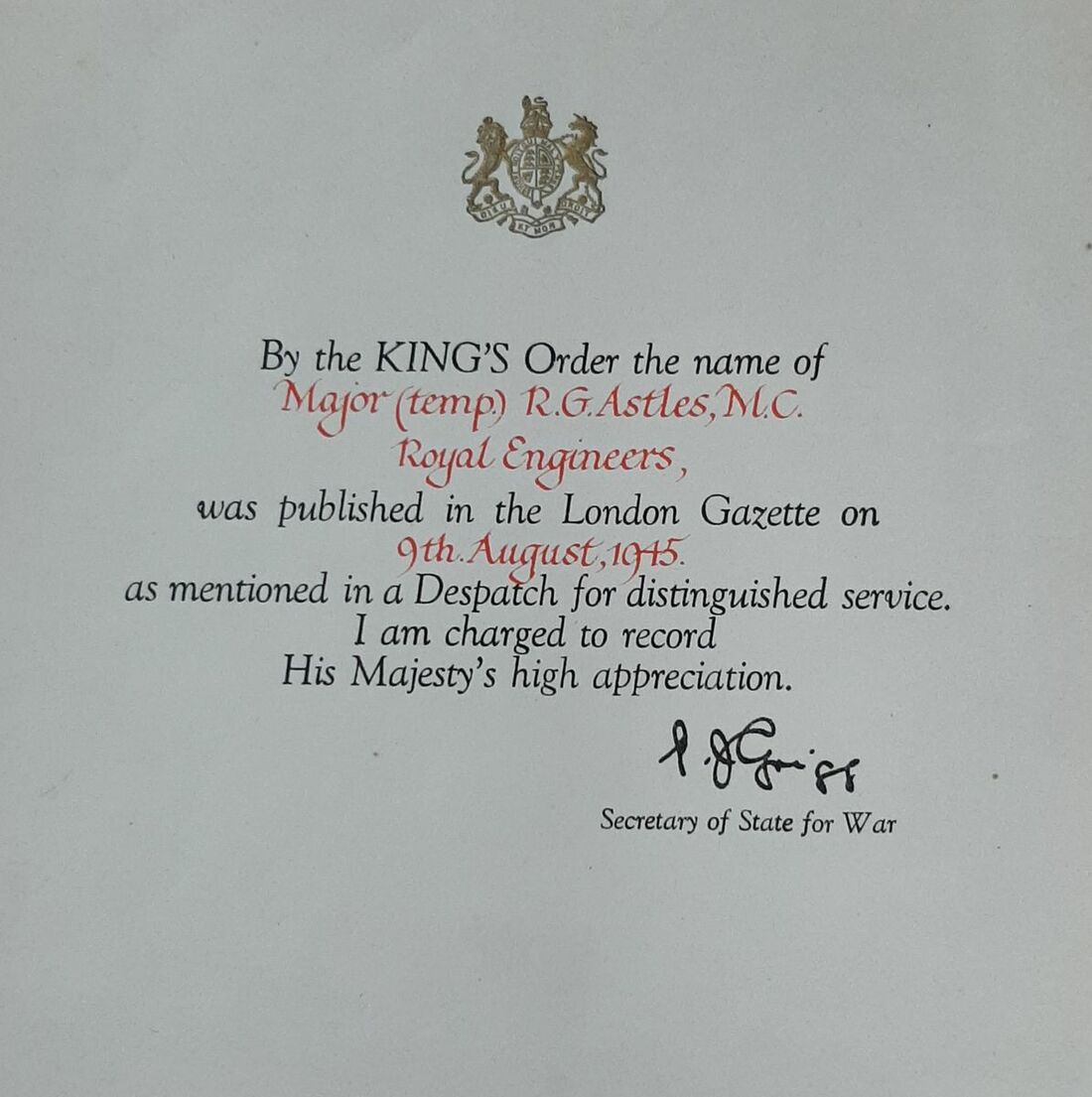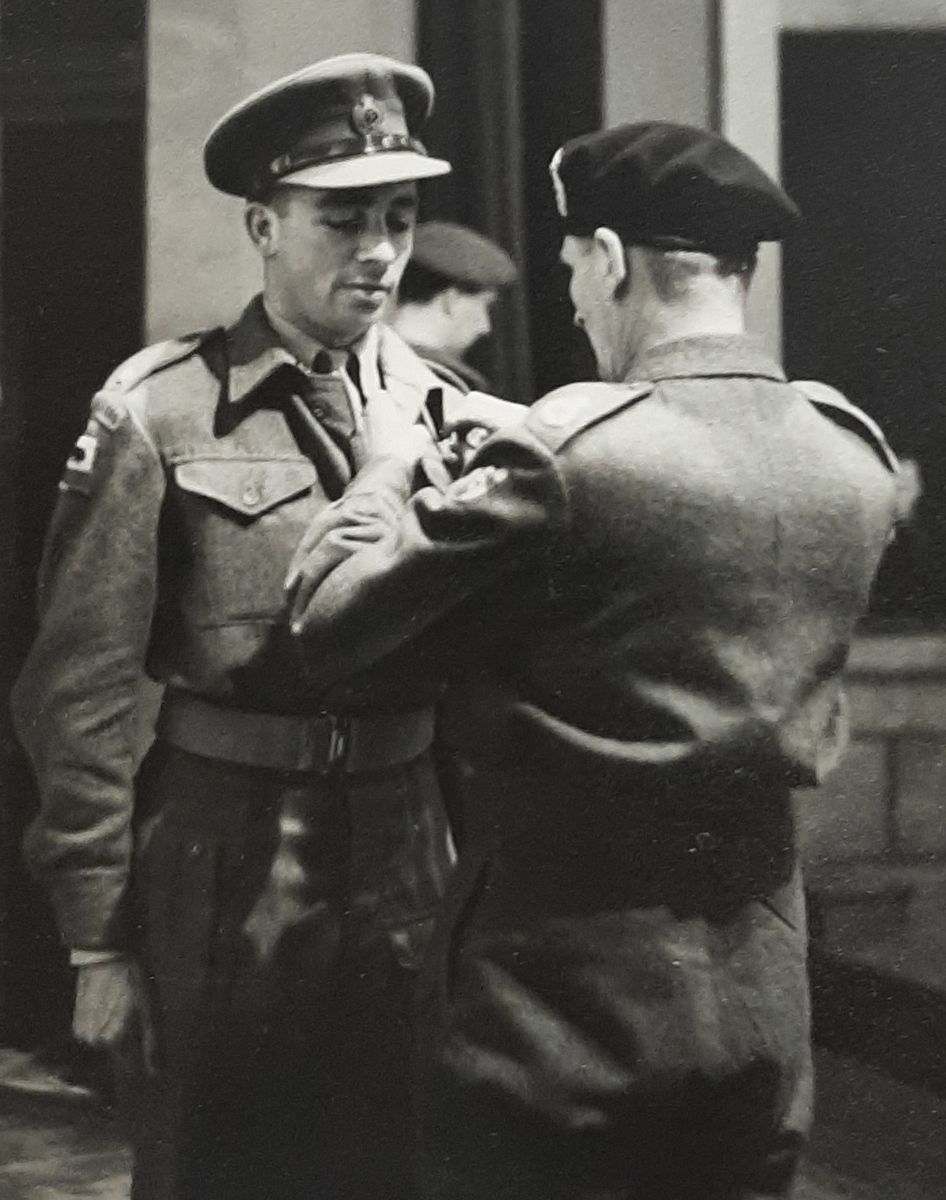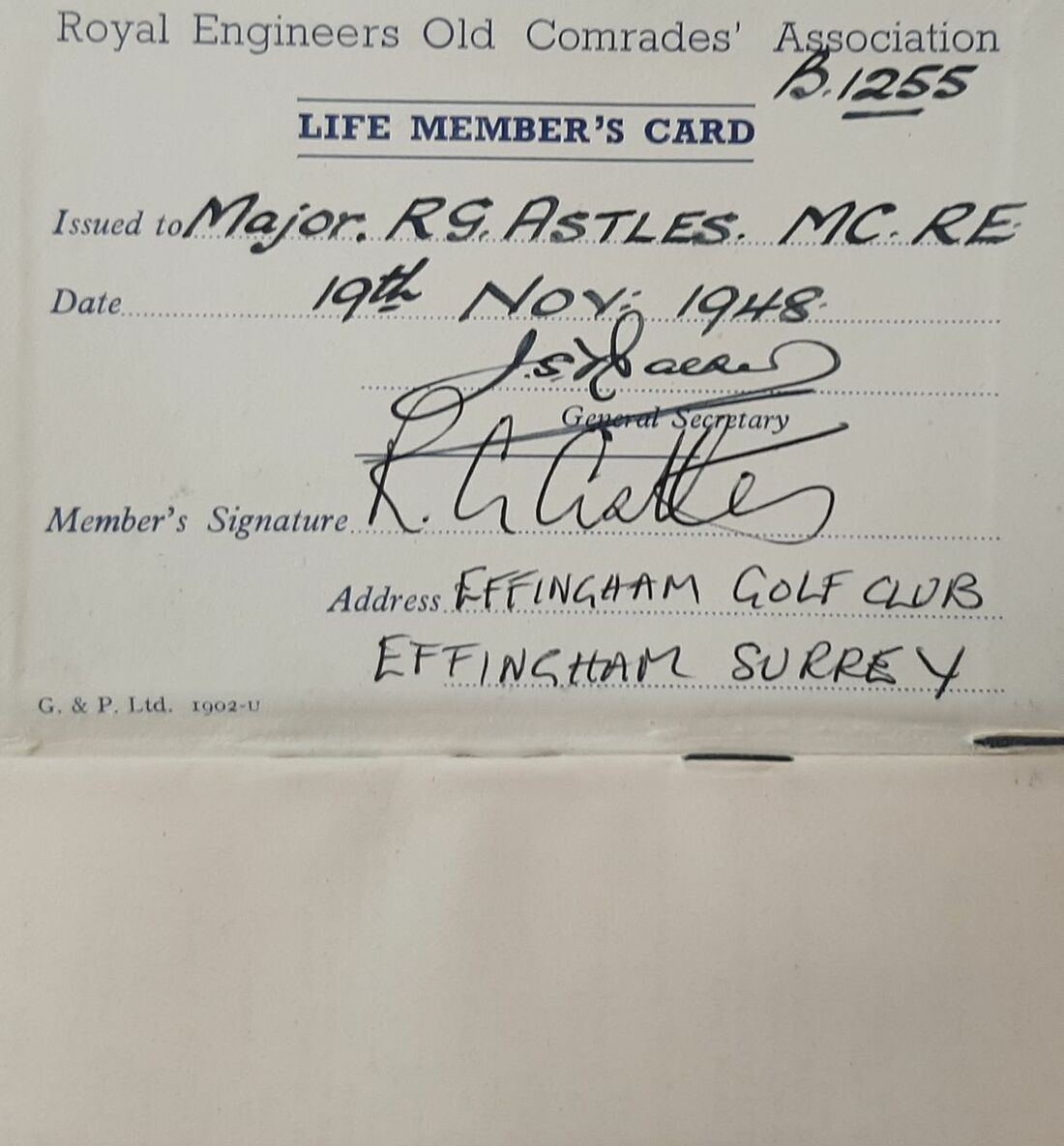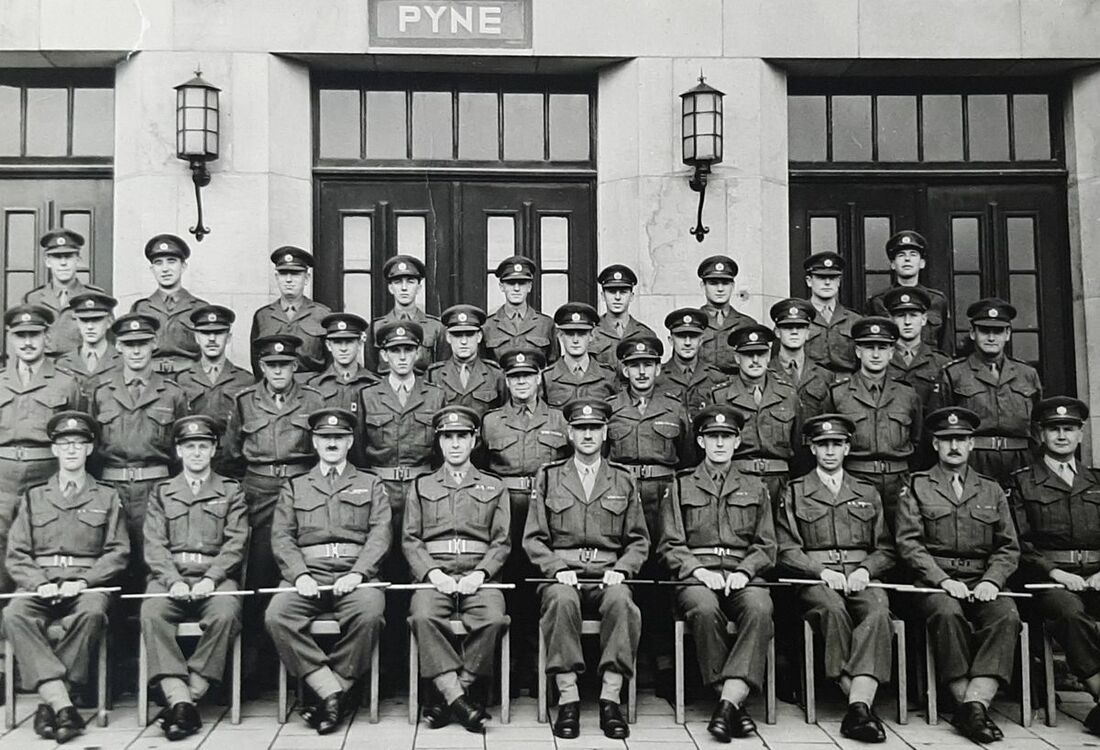Auction: 23002 - Orders, Decorations and Medals
Lot: 113
Sold by Order of a Direct Descendant
A superb and well-documented 'Bridging of the Weser' M.C. awarded to Lieutenant-Colonel R. G. Astles, Royal Engineers, who stuck to his work under heavy fire and upon being seriously wounded, displayed great gallantry in giving up his place on a stretcher to others more sorely in need
Military Cross, G.VI.R., reverse officially dated '1945'; 1939-45 Star; France and Germany Star; Defence and War Medals 1939-45, with M.I.D. oak leaf; Coronation 1953; Efficiency Decoration, G.VI.R., reverse officially dated '1950', with integral top 'Territorial' bar, mounted as worn, with an archive of original material including a named M.I.D. certificate, named Coronation Medal forwarding slip, and letter of provenance from the recipient's wife, good very fine (7)
M.C. London Gazette 12 July 1945, the original recommendation states:
'At Stolzenau on 5 and 6 April 1945, this Officer was in charge of bridging operations over the River Weser. Throughout this period the construction of the bridge was frequently held up by enemy action. Major Astles was on the bridge site during most of the time, and in the face of enemy action he showed great courage and leadership, being the first person to leave cover and organise the early resumption of work. His cool behaviour helped considerably to keep all ranks on the job steady and determined to carry on. Finally in a low level bombing attack on the bridge site, which caused many casualties, Major Astles was himself wounded in the back. At the RAP, in spite of the fact that he was in considerable pain and suffering from shock, he insisted on leaving his stretcher and lying on the floor, so that the stretcher could be used for another badly wounded man.
Throughout the whole of this period, the courage and determination shown by Major Astles were an inspiration to all concerned, and his leadership was largely responsible for the amount of work that was completed in spite of enemy interruptions.
Note, the recipient was initially recommended for an immediate D.S.O. however this award was downgraded to an M.C.
Robert Geoffrey Astles was commissioned 2nd Lieutenant from the Merchant Taylors School, Officer Training Corps into the Royal Engineers on 11 July 1939. Posted to the London District as Troop Commander in a Field Company of the Royal Engineers. With the outbreak of the Second World War the British found themselves under threat of air attack and the need to form bomb disposal units became a priority. This went ahead however the Royal Engineers were required to fill the gap until these units had been formed and trained; with Astles becoming responsible for disposing of unexploded bombs.
With the bomb disposal teams easing into their role in London Astles was given a new responsibility, that of an instructor at the Street Fighting School in Battersea. Later posted as second-in-command of the Field Park Squadron, 11th Armoured Division as a Captain, he was to remain on Home Service with this unit for some time. Promoted Major with them in 1943 he was to cross the channel on D+2- 8 June 1944- as the commander of 13th Field Squadron.
This unit supported the 11th Armoured Division during the savage fighting around the Falaise Gap and through Belgium. They did not play a role in Operation Market Garden but were responsible for securing the right flank, advancing to Nuenen where they met American forces. Advancing into Germany they made to cross the Rhine during Operations Veritable and Plunder before pushing further forward until they reached the Weser River at Stolzenau. It was here that Astles won his decoration in a fraught bridging operation, doubtless one of many such actions undertaken during the advance.
Despite his wound Astles continued to serve and was further honoured with a 'mention' later in 1945 (9 August 1945 London Gazette). The Division ended the war in Schleswig-Holstein where they took part in mopping up the remains of Donitz's Flensburg Government. With the war, over Astles attended the Staff College and was posted to the Hanover District as the Deputy Assistant Adjutant General. Remaining with the British Army of the Rhine he was appointed to a role as a Staff Officer in 1949 with responsibility for Operations and Training with the Chief Engineer of the Rhine Army.
Returning to Britain in 1951 Astles was posted as Commanding Officer to the 4th Field Squadron, 26th Field Engineer Regiment. Moving on from active postings he remained very much in the military, with an engagement at the War Office in 1953 advising on Engineering, Chemical Warfare, Atomic Warfare and Technical Intelligence. Astles' final appointment was as Deputy Officer Commanding the Royal Engineers Records and in this role he was also responsible for the mobilisation of reservists during the Suez Crisis. Promoted Lieutenant-Colonel in 1958 he served another two years before finally retiring in 1960. Astles lived until 1998; sold together with an archive of original and copied material comprising:
i)
Handwritten notes of the recipient's career entitled R.G. Astles My Career in the Army 1938-1960.
ii)
A letter of provenance written by the recipient's widow.
iii)
Loose photographs (6), several annotated to the reverse.
iv)
An original M.I.D. certificate named to 'Maj (temp) R. G. Astles, M.C.'
v)
Coronation Medal certificate of issue.
vi)
Officers' Pension Society Card and R.E. Old Comrades' Association Life Member's Card.
vii)
A printed article from Het Handelsblad Van Antwerpen, relating to the liberation of Antwerp by the 11th Armoured Division.
ix)
Original copies of Bridging Normandy to Berlin and Royal Engineers Battlefield Tour, the latter in two volumes.
x)
Copied recommendation for award.
xi)
Copied London Gazette entry.
Subject to 20% VAT on Buyer’s Premium. For more information please view Terms and Conditions for Buyers.
Sold for
£1,400
Starting price
£950

